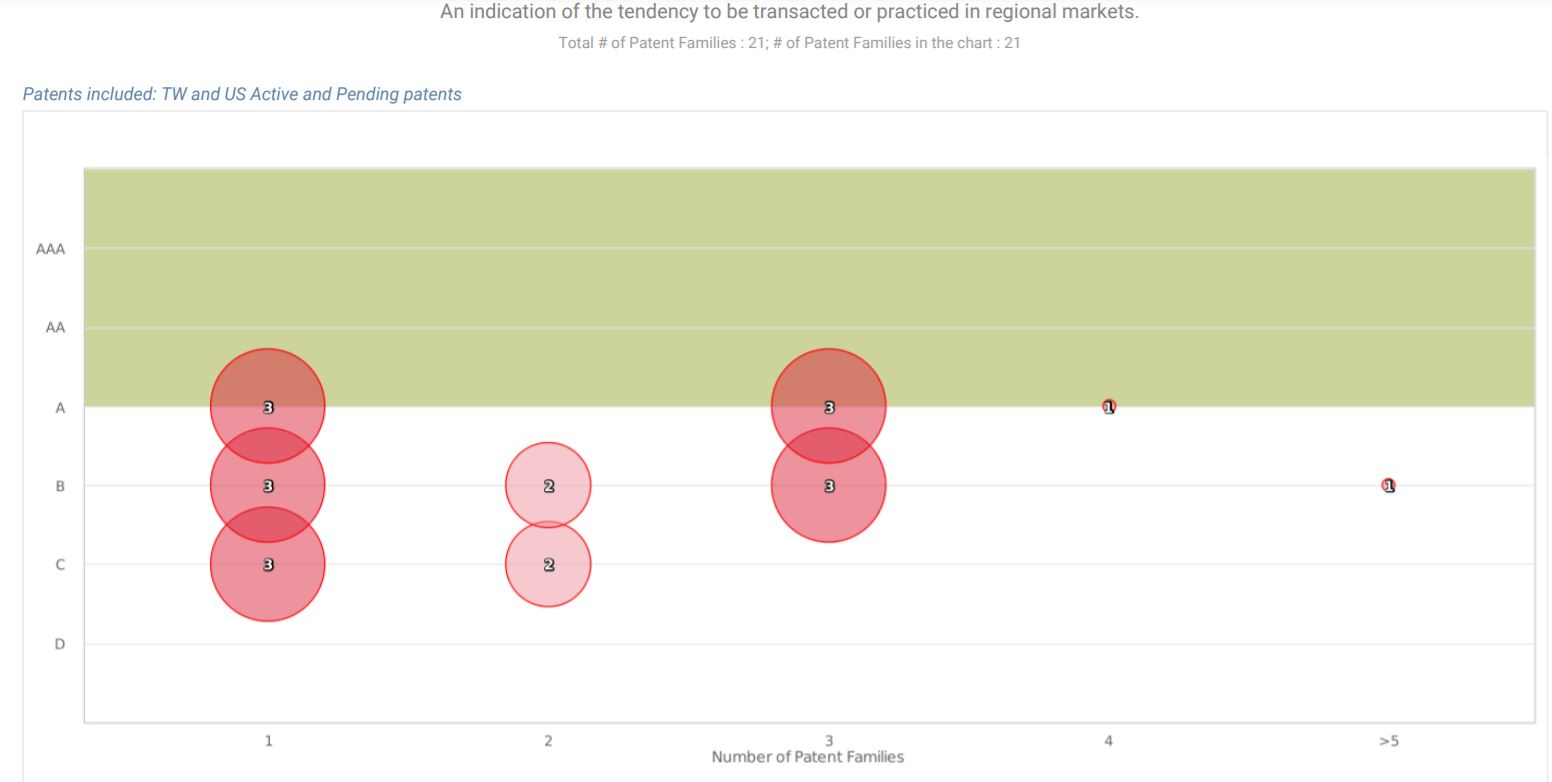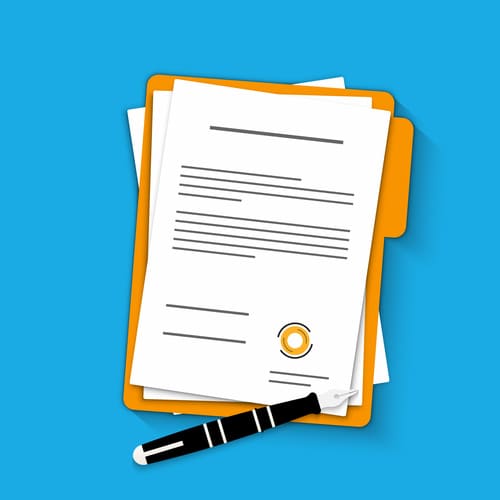In Part 1 of this article, we learned what patent licensing is, got to know the types and approaches, and how to license a patent from the licensors’ point of view. Here in Part 2, we will look at this topic from a licensees’ perspective. Also, we will take a look at how licensing royalties work and go over some tips for licensing patents.
In this article:
- How to Find Potential Licensors?
- Why Should or Shouldn’t I License Someone Else’s Patent?
- Licensing Royalties
- The FRAND Principle
- Other Important Tips
How to Find Potential Licensors?
Looking for potential licensors may be somewhat easier than looking for licensees. Companies looking for licensors already know what types of technologies they need. And if a company is already considering licensing a patent, they would have already done their homework in narrowing down and pinpointing their desired technology.
Apart from hiring a patent brokerage to assist you in contacting a licensor, here are some other channels that you can use in finding and approaching potential licensors.
- Companies that have licensing programs.
Companies that have extensive patent portfolios often also have their own patent licensing programs that encourage potential licensees to contact their IP team directly. Most of these companies are also holders of standard-essential patents (SEPs) which need to be licensed if you are using SEP technology. Check out our SEP licensing article for more.
Microsoft, IBM, Siemens, and Nokia are just some of the licensing companies with patent licensing programs. And the list is continuing to grow as more companies are monetizing their intellectual property.
Not all patent licensing companies are corporate giants. Some companies develop their own technology and specifically rely on licensing out their patented technology for income. NuCurrent, a Chicago-based company that developed wireless charging technology with just 5 people on their startup team, licensed their patents to Apple and Motorola, bringing millions of dollars from licensing alone.
The advantages of licensing from such licensing programs are that the technology is more mature and easier to integrate into production. But there will also be more competitors unless you can acquire an exclusive license.
- Universities’ tech transfer programs
University tech transfer programs are also a good place to license patents from. The technology from universities are usually fairly new and may give your business a competitive edge, especially for the pharmaceutical and biotech industry. However, the downside is that most of the technology is still in the early stages of development and has yet to reach production levels.
A few tips to note when entering a patent license agreement with universities:
1. Make sure you also acquire the rights to future improvements. Research in universities is an ongoing process, so making sure you also obtain the rights to any future improvements is crucial when negotiating.
2. Ensure the scope of the University’s retained rights. If you are negotiating an exclusive license, you will need to address the University’s retained rights regarding the technology. This is especially important if another competing company or the government intends to sponsor the research, as you would not want the competitor to access your licensed technology or the government to publicize any confidential know-how.
- Patent Marketplaces
Patent licensing marketplaces that provide licensing information or platforms for IP exchange have started to appear in the past two years. Some are initiated by PTO offices, such as USPTO’s Patents 4 Partnerships which allows you to see who is putting their patents up for licensing. Others may be companies that facilitate the exchange of patent technology in a certain sector. Avanci is an example in the SEP field of patent licensing. They propose a one-step solution to licensors and licensees in wireless technology licensing.
Why Should or Shouldn’t I License Someone Else’s Patent?
Let’s take a look at the pros and cons of licensing someone else’s patent.
Why you should:
- Save on R&D costs
Investing in R&D is costly and extremely time-consuming. If you need a technology that is only a part of your product or used in a part of your production process, why not use existing inventions or ideas instead?
- Avoid patent maintenance and litigation
Licensing a patent relieves all the hassle and costs of owning one (or in most cases, an entire portfolio of patents). This includes patent maintenance fees which, bundled in a portfolio, is a lot of money. Also, licensing keeps your business immune to any patent litigation. Any legal fees or issues that arise will be the patent owner’s responsibility, and not yours.
- Have more flexibility
Licensing is a bit like renting an apartment. If you are unsatisfied with your place, you can just up and leave. Naturally, terminating a licensing agreement is much more tedious, but at least you have more flexibility to change business strategies if needed.
Besides, you don’t need to dish out a crazy amount of money as you probably would with buying a patent. Most patent licensing agreements include an upfront payment usually starting around $10,000, accompanied by a grace period and royalties based on revenue or profit. This means that you will have more financial leniency during the pre-production stage.
Why you shouldn’t:
- When your industry or product is in the maturity stage
If you are working in a mature industry, it would be more feasible and cost-saving to use or design around the prior art. - When you work on pioneering technology
If the nature of your business is R&D for pioneering technology, there is no need to license a patent, unless you need to use someone else’s patent technology as part of your research process. - The patent-at-issue is nearing its term
If the tech of the patent-at-issue is nearing the end of its lifecycle, you will need to reexamine the necessity of licensing the patent. If the patent-a-issue expires at the time you start production, could it be possible to wait until the technology turns into prior art for you to use freely? - The patent-at-issue is a worthless patent
This point seems obvious but is very important. Conducting due diligence before licensing another’s patent is crucial to ensure you are getting a useful patent, especially because of the high percentage of worthless patents.

As mentioned previously, the situation of each business is unique, and the decision to license or not to license a patent should be weighed carefully. Due to the stakes involved, conducting due diligence is most important to both the licensor and the licensee. For more information on how to conduct patent due diligence, see our due diligence article.
Licensing Royalties
How much royalty can come from a licensing agreement? How is it calculated?
Royalty rates differ with each industry with no set standard. Rates can range from 0.1% to 8% of the net sales for most patent licensing agreements, depending on the product or industry. Sometimes the rate may reach 25%! High-margin products, such as jewelry or software, normally have higher rates around 6% ~ 8%, whereas mass-produced products, such as food or household items will have lower rates around 2% ~ 4%. Some factors that influence royalty rates include:
- Importance of the patent’s technology
- If the patent is ready for production/marketing
- Uniqueness of the patent technology
- Risk of success
- Potential profit margin
- Market size
- Competition level in the industry
- The licensor’s previous licensing royalty rate
Payment methods also vary. The most common methods include upfront payment or a “signing fee,” a stream of payments (lump sum), and/or royalties. Lump-sum payments may be made out each quarter based on a percentage of the total net sales. Royalty payments could be the percentage or a certain amount per sold unit. Some licenses also have a stay period that allows the licensee to prepare for production (usually around one year).
The FRAND Principle
Talking about royalties, let us take a quick look at the FRAND principle. FRAND is an acronym for Fair, Reasonable, And Non-Discriminatory, which are terms that govern intellectual property owners in licensing agreements. FRAND terms prevent patent owners from exploiting their patent rights. SEP owners are subject to FRAND terms since they must license to any company that needs their technology. Patent licensing royalty rates should, in principle, follow FRAND terms. Also, any violation of the FRAND principle is regarded as a violation of antitrust laws.
However, what constitutes fair, reasonable, and non-discriminatory is often debated. A fair agreement between the patent licensor and company X may not be deemed fair to company Z.
Other Important Tips
Here are a few more tips to remember when approaching a patent licensing agreement.
- Get a know-how license
Licensing just the patent portfolio is often unfeasible. Remember to obtain a license for the relevant know-how — or technical knowledge — that is needed (but not patented) to manufacture a product. Note that this know-how license will have a longer term period since the licensor will need the licensee to keep such know-how confidential even after the patent-at-issue expires. - Performance reports and milestones
Licensors can request the licensee to provide a performance plan before or performance reports after licensing a patent to show goodwill and effective handling of a patent. Licensees often provide such reports each quarter along with the fixed payment or per the agreement. Setting milestones will also give the licensee incentive to strive toward successful production.

- Other provisions
Apart from the patent rights, exclusive/non-exclusive license, payment, and royalties, other provisions that should be negotiated include protection from future disputes, term period, and termination of the agreement. - Attorney assistance
Licensing is a business matter, but if you would like to seek legal assistance, we advise that you find an attorney knowledgeable in licensing. This is since attorneys tend to be overprotective and take a more conservative approach towards matters, which sometimes hinders business plans.
Conclusion
Licensing is a patent monetization practice that creates a win-win situation for both licensors and licensees. Careful examination of your business strategy, analysis of the patent portfolio, and scrutiny of the agreement provisions can make the licensing process less overwhelming and very rewarding.
For more on patent licensing and evaluating patent portfolios, download our Patent Quality and Value Rankings white paper for free!
Download our white paper Patent Lifecycle Management: What, Why, and How? to discover how the Patent Quality and Value Rankings work in detail.

